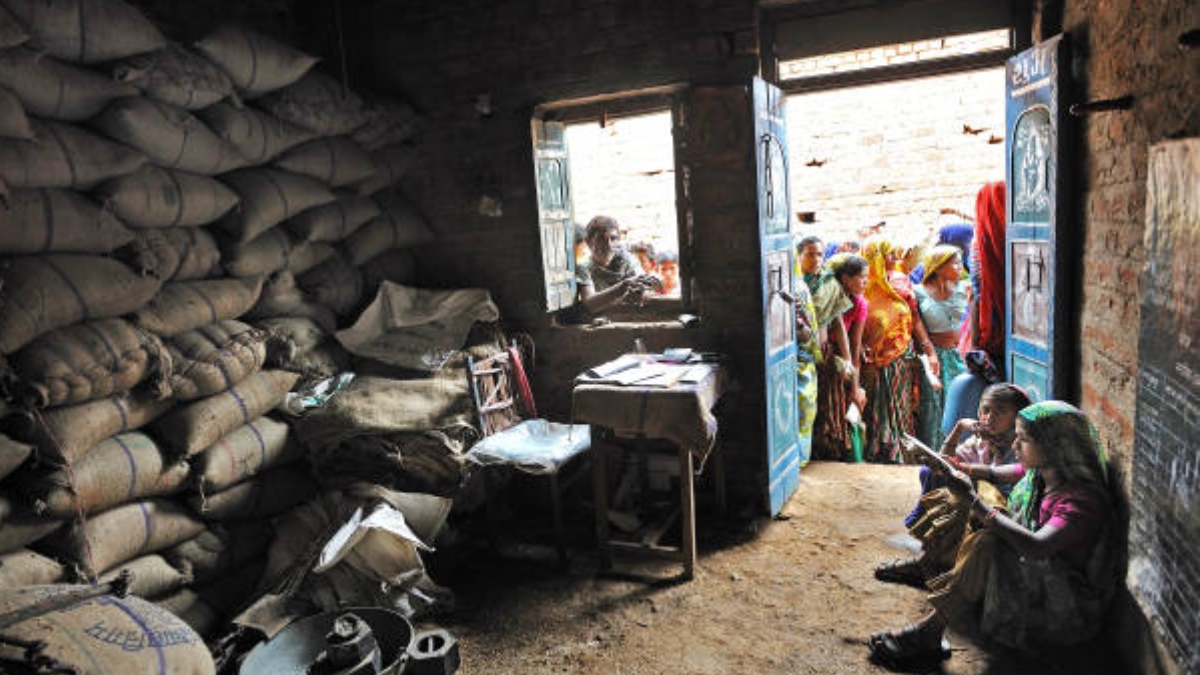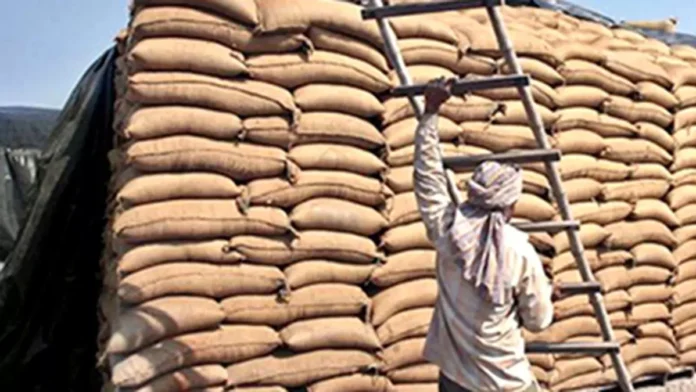India’s Public Distribution System (PDS), intended to provide food security to millions, faces a massive challenge, with 28% of grains meant for the underprivileged failing to reach their intended beneficiaries. This leakage results in an estimated annual economic loss of over ₹69,000 crore, according to a recent report by the Indian Council for Research on International Economic Relations (ICRIER). The report reveals that approximately 20 million tonnes of rice and wheat are diverted annually, either sold on the open market or exported.
The Scale of Loss: Where Are the Grains Going?
The staggering leakage of subsidized grains continues to strain India’s exchequer and the efficiency of its welfare programs. Ashok Gulati, Infosys Chair Professor at ICRIER and one of the report’s authors, stated, “This is an annual loss. Where is it going? Maybe it is being diverted to the open market or even for exports.” The report, co-authored by Raya Das and Ranjana Roy, draws its conclusions from data collected between August 2022 and July 2023, including the Household Consumption Expenditure Survey (HCES) and monthly offtake figures from the Food Corporation of India (FCI).
The study estimates that the 20 million tonnes of annual grain diversion still represents progress compared to earlier years. In 2011-12, the leakage rate was reported at a shocking 46%. However, despite technological advancements and reforms, significant inefficiencies remain in the distribution process.

States Struggling with High Leakages
The analysis highlights stark disparities across states in terms of PDS efficiency. States like Arunachal Pradesh, Nagaland, and Gujarat report the highest leakage rates, attributed to challenges such as insufficient digitalization and inadequate infrastructure. In contrast, Bihar and West Bengal have shown remarkable improvement. Bihar reduced its grain leakage from a staggering 68.7% in 2011-12 to 19.2% in 2022-23, while West Bengal cut its leakage rate from 69.4% to just 9% during the same period.
Uttar Pradesh, however, ranks at the top in absolute terms, with an estimated leakage rate of 33%. Other states, including Himachal Pradesh, Uttarakhand, and Maharashtra, also report significant losses. Much of the diverted grain reportedly ends up in the open market, exacerbating the system’s inefficiencies.
Reforms and Digital Initiatives: Progress and Gaps
Efforts to address the issue include the integration of Aadhaar with ration cards and the introduction of point-of-sale (POS) machines in ration shops in 2016. These measures have helped reduce leakages to an extent, ensuring better tracking and distribution of subsidized grains. However, the report emphasizes that these reforms have not eradicated the problem. Significant quantities of grains still fail to reach the 814 million intended beneficiaries, highlighting the system’s enduring inefficiencies.
The northeastern states, where digital infrastructure is underdeveloped, face unique challenges in implementing reforms. Meanwhile, systemic corruption and operational loopholes in more developed states contribute to the continued leakage of subsidized grains.

Recommendations for Structural Overhaul
The ICRIER report calls for urgent structural reforms to overhaul the PDS and ensure the effective distribution of resources. Among the key recommendations are:
- Better Targeting of Beneficiaries: Strengthening mechanisms to identify and serve eligible households while eliminating ghost beneficiaries from the system.
- Transition to Alternative Systems: Exploring food stamps, voucher systems, or direct cash transfers as viable alternatives to physical grain distribution.
- Enhanced Digital Tracking: Leveraging technology to improve transparency and monitor grain flow at every stage of the distribution chain.
- Addressing Regional Disparities: Prioritizing investments in digital infrastructure in states with high leakage rates, particularly in the Northeast.
The report stresses that such reforms would enhance transparency, reduce inefficiencies, and better ensure nutritional security for beneficiaries.
The Road Ahead: Urgent Need for Action
The leakage of grains through the PDS remains a pressing issue, both financially and logistically. As India continues to invest in its welfare programs, plugging these gaps has become imperative. Experts underscore the need for immediate action to revamp one of the country’s most vital welfare systems, ensuring that resources meant for the underprivileged are not wasted.
India’s success in addressing these systemic inefficiencies will not only safeguard its exchequer but also provide a lifeline to millions who rely on subsidized food for survival. As the report highlights, a concerted effort involving structural reforms, technology adoption, and stringent oversight is essential to restore faith in the PDS and achieve food security goals.

